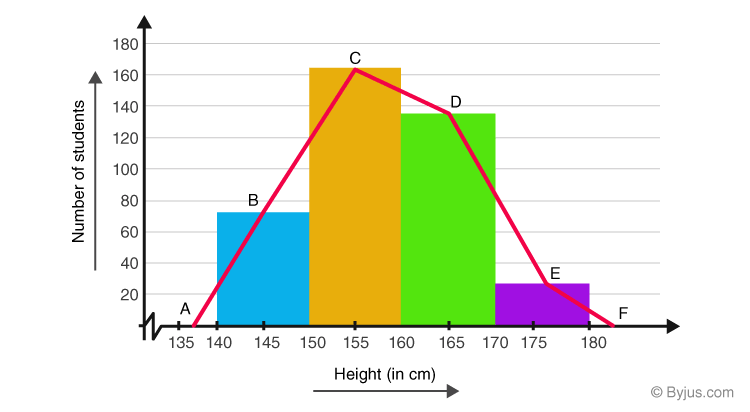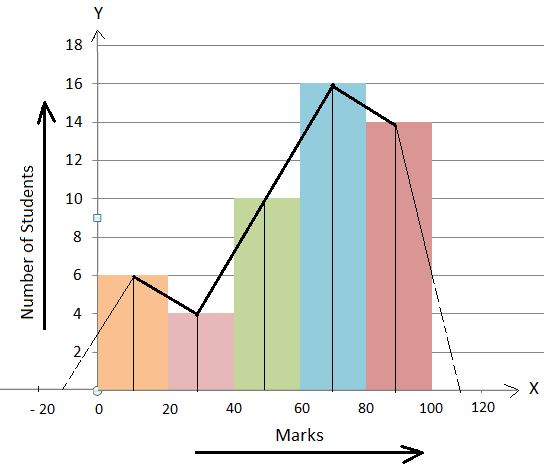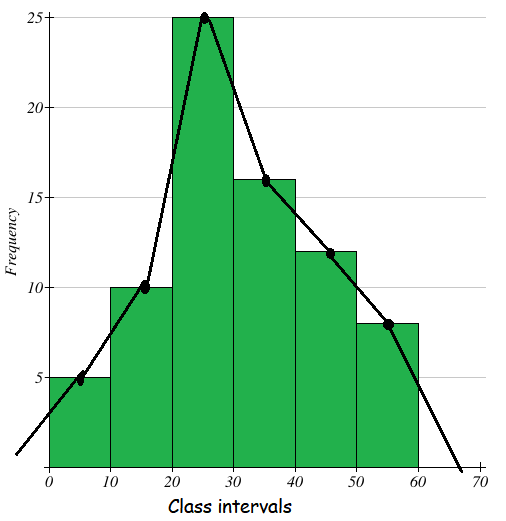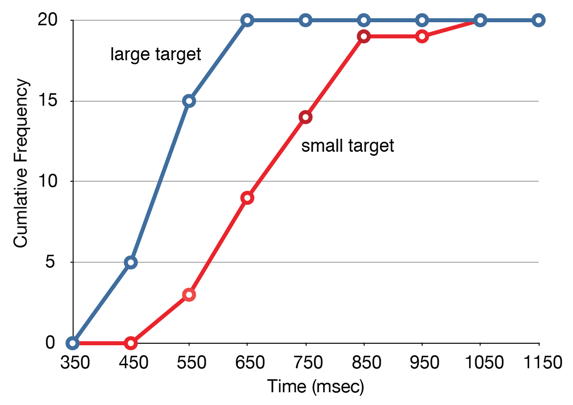Brilliant Frequency Polygon X Axis
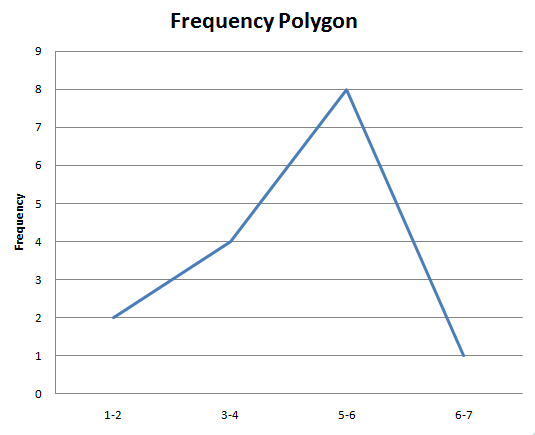
One way to form a frequency polygon is to connect the midpoints at the top of the bars of a histogram with line segments see Figure below in addition one should include one class interval below the lowest value in the data and one above the highest value.
Frequency polygon x axis. Frequency polygons are analogous to line graphs and just as line graphs make continuous data visually easy to interpret so too do frequency polygons. For example if an interval has three data values in it the frequency polygon will show a 3 at the upper endpoint of that interval. Under Horizontal Category Axis Labels click Edit and type in the cell range that contains the Midpoint values.
It is usually drawn with the help of a histogram but can be drawn without it as well. Instead we plot each class frequency as a dot at the class midpoint and then the dots are connected by a series of line segment. U nusual Stat Twenty-two percent of Americans sleep 6 hours a day or fewer.
It is used to depict the shape of the data and to depict trends. A histogram is a series of rectangular bars with no space between them and is used to represent frequency distributions. The benefit of this is that data in the visual form is easy to understand in one glance.
Each data point represents the frequency for each interval. The area under the frequency polygon is the same as the area under the histogram and is therefore equal to the frequency values that would be displayed in a distribution table. The steps for drawing these three types of graphs are shown in the following Procedure Table.
Frequency polygons are particularly useful for comparing different sets of data on the same diagram. Since the lowest test score is 46 this interval has a frequency of 0. To construct a frequency polygon first examine the data and decide on the number of intervals or class intervals to use on the x -axis and y -axis.
The x-axis represents the values in the dataset while the y-axis shows the number of occurrences of each distinct category. There are three scores in this interval. The x-coordinate of each point will be the midpoint while the y-coordinate will be the frequency.




